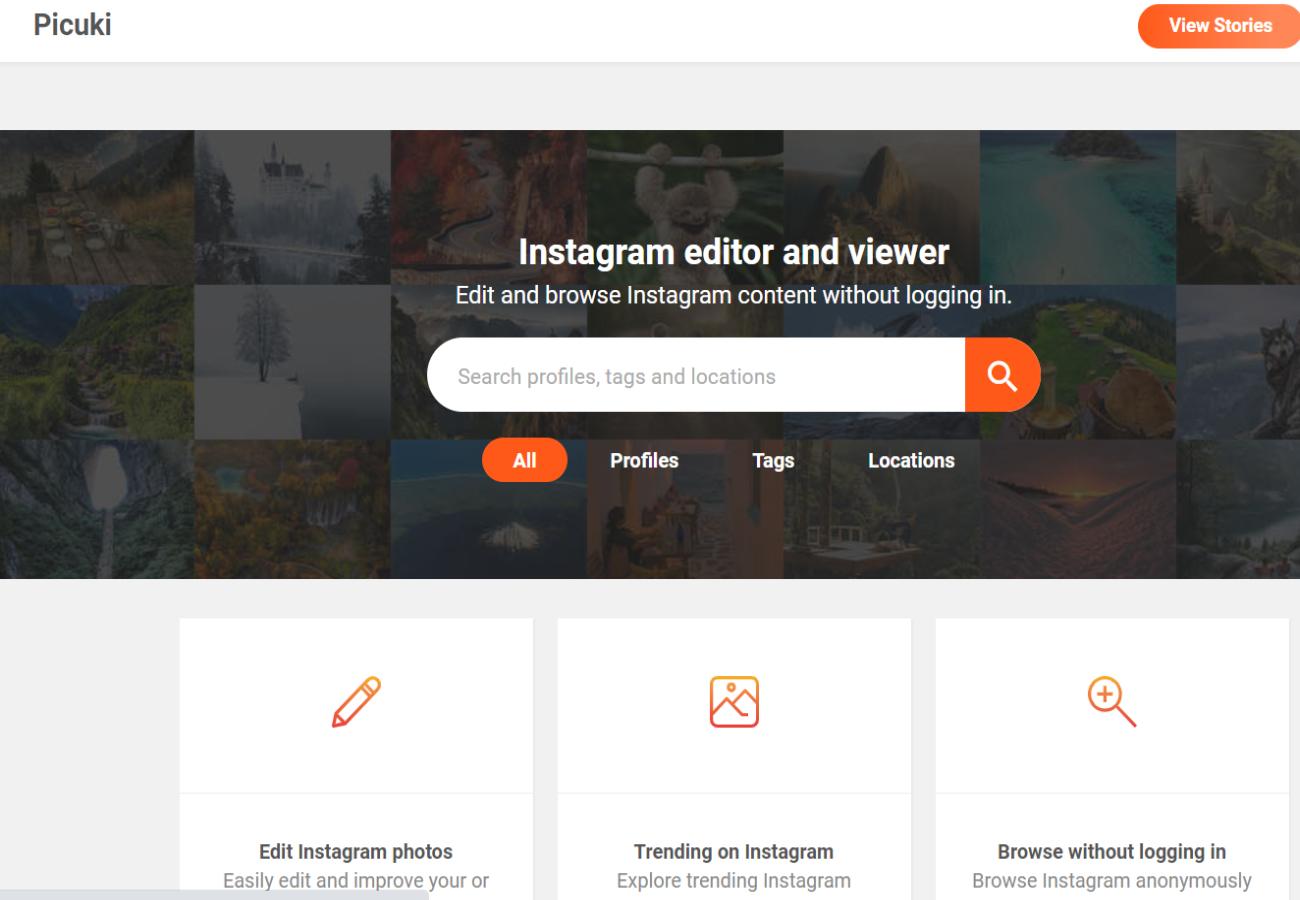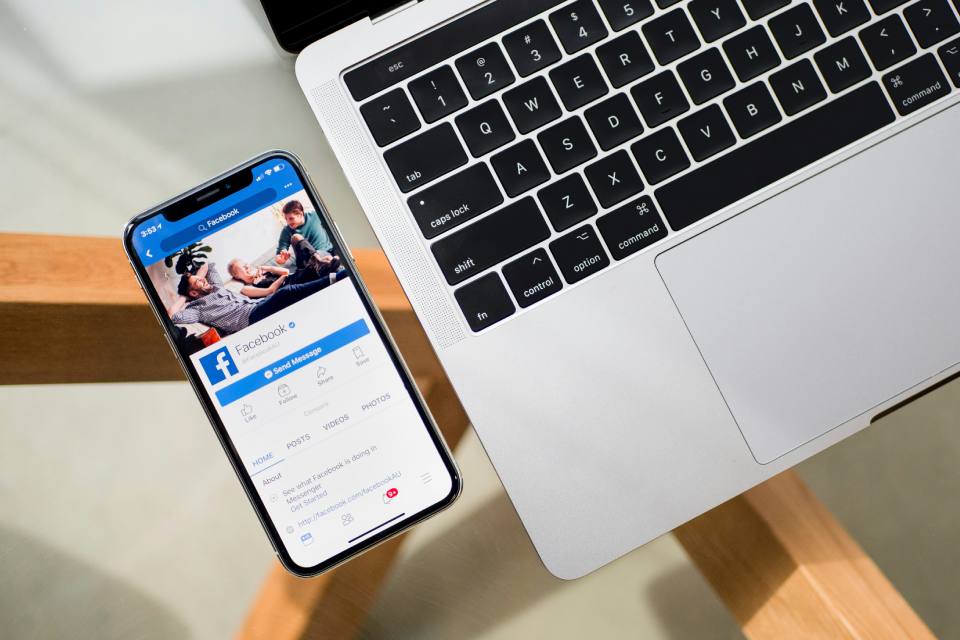PR and social media can work, but don’t have to. Our current guest article shows how PR topics can be used for communication via social media and how better not.
Where Is My Target Group Located?
Every company should not only communicate its topics via the general and trade press and on its own website, but also on the social web. It’s not primarily about channels, but about achieving the goals of corporate communication and using all appropriate channels. But experienced social media managers know: Fans and followers on the social web can only be activated if a topic or individual content is relevant, interesting, entertaining or useful to them. Simply linking your own press release via Facebook or Twitter is not enough.
Prepare PR Topics For The Social Web Appropriately
Therefore, the question for the editor or content manager is always at the beginning: For the users of which channels, whether Facebook, Pinterest, Instagram or Twitter, content from my press release could be relevant? For example, a company that produces sports shoes takes over a smaller company abroad. The company – a stock corporation – issues a press release. Because many journalists and stakeholders tweet, they are also informed directly via Twitter.
A report on the XING network also informs business partners about the takeover. The company now also has a Facebook channel for consumers. But business news about takeovers like that of the sports shoe manufacturer usually generate little activity from end consumers. Perhaps there are products, stories, events or campaigns in the newly added company that are of interest to end consumers. Then the takeover could serve as a hook and an opportunity to communicate these PR topics on the social web.
Brevity Is The Soul Of Wit!
Not every social media channel like Twitter (140 characters) specifies the character length. Nevertheless, social media managers and community managers should not be seduced by the available space for a Facebook post. The following applies to Facebook posts: The optimal post is 80 characters long and is therefore shorter than a Twitter message. But what to do when several topics of a press release are important? They can be spread over several posts that can be communicated at regular intervals. Setting priorities is still required. After all, the community does not want to be flooded with advertising.
Find The Right Language!
Every social media channel has its own content and language requirements . Therefore, content should not be presented in the same way on every channel. This not only applies to the length of the text, but also to the integration of hashtags, images, link posts and videos. Even if, for example, a company generally addresses customers with “Sie”, it is usually advisable to address them with “Du” or an impersonal “Your” for social media channels. In addition to the form of address, the language used in the social web should be “more relaxed” than that of a press release. After all, social media is about dialogue. And we are all happy to lead this with pleasure and without linguistic compulsion.
Visual Content Is King!
In the social web, short videos and pictures ensure high virality through sharing. Channels like Pinterest and Instagram can’t do without pictures. PR managers must always have good image and video material available for their press releases and make them available not only to journalists but also to the community. Here, too, it is important to check which content is suitable for which channels.
Aslo Read: The Importance Of Social Listening





